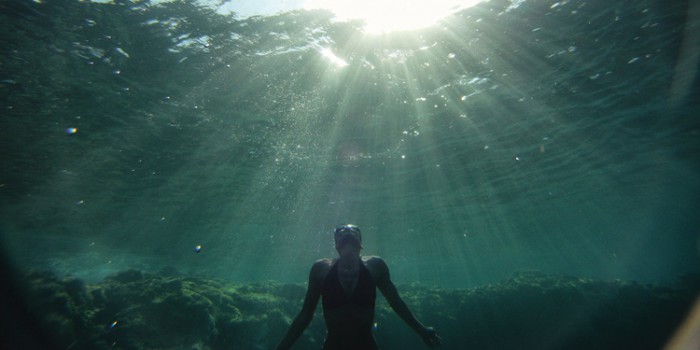Pantelleria: more than an island, a real ecosystem
Pantelleria – with its surface of 83 sq km, the perimeter of 51.5 km, the 836 m height of its largest peak “Montagna Grande”, a width of 8 km and a length of 13.7 km – is the largest between the circumsicilian islands and the fifth after Sicily, Sardinia, Elba and Isola di S. Antioco.
Locatedat the center of the Mediterranean, about 67 km from the Tunisian coast and 85 km from the Sicilian coast, it forms the emerged part of a volcanic edifice that rises about 2000 m from the abyssal plain of the Sicilian Channel.
Discover Pantelleria in a video.
An extraordinary concentration of natural beauties
Not only the famous Arco dell’Elefante, the symbolic rock of the island shaped by winds and the sea, Pantelleria offers the transparent blue of the Lake of Venus and the “lago delle ondine” where to bathe even when weather is bad, the heat of the natural sauna of Sibà, of the thermal springs of Gadir and of the cave with thermal baths of Sataria, the evergreen Monte di Gibele populated with maritime pines, holm oaks, heather, blueberries and straw-berry trees.
The bays, the beaches evoke pirates, sirens and winds: Balàta dei Turchi, Kharuscia, Cala Cinque Denti, Punta Spadillo, Cala Levante.
An island for everyone
Pantelleria is an island where you never get bored because many, many are the proposals and opportunities to cultivate their passions: hiking, spa treatments, diving, fishing, underwa-ter photography and bird watching, boat trips or excursions to horse, archeology and min-eral collecting, food and wine tours.
Pantelleria island stands out for the extraordinary uniqueness of its landscape, for its rich Mediterranean vegetation, for the original man-made artifacts – the dammusi – and for the archaeological evidence left by numerous ancient civilizations that have inhabited it – the Romans, Byzantines, Phoenicians – such as the Phoenician and Roman Acropolis, the re-mains of the Basilian monastery, the funerary monuments of the Sèsi area.
The Dammusi
The typical buildings of Pantelleria are the fascinating Dammusi, ancient rural buildingsded-icated to the refreshment of the farmers during the hottest hours of the day, today recov-ered and converted into welcoming dwellings. The origins date back to the Arab domination and represent an extraordinary primordial ex-ample of bioclimatic architecture.
And now Pantelleria told through some photos.
